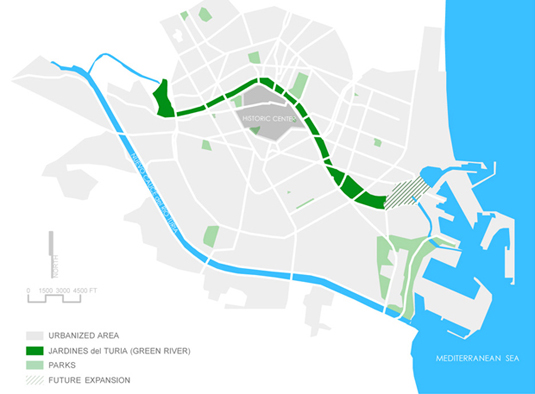Solarpunk Urbanism
2440 readers
3 users here now
A community to discuss solarpunk and other new and alternative urbanisms that seek to break away from our currently ecologically destructive urbanisms.
- Henri Lefebvre, The Right to the City — In brief, the right to the city is the right to the production of a city. The labor of a worker is the source of most of the value of a commodity that is expropriated by the owner. The worker, therefore, has a right to benefit from that value denied to them. In the same way, the urban citizen produces and reproduces the city through their own daily actions. However, the the city is expropriated from the urbanite by the rich and the state. The right to the city is therefore the right to appropriate the city by and for those who make and remake it.
Checkout these related communities:
founded 3 years ago
MODERATORS
126
127
128
0
Resisting Evictions of the Urban Poor: A Resource for Housing Rights Advocates
(www.inklusibo.org)
129
130
131
132
133
134
135
137
-1
The 20-year-old game SimCity 4 now has a new feature: walkable cities
(community.simtropolis.com)
138
-1
Henri Lefebvre's classic work, The Right to the City, an important work in theorizing urbanism
(theanarchistlibrary.org)
139
140
141
142
143
144
145



